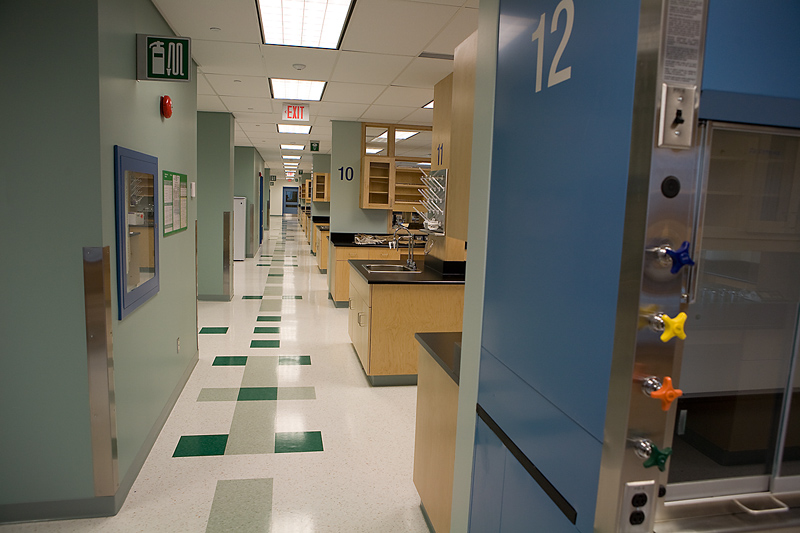
TUESDAY, Jan. 5 (HealthDay News) — With new rules in place that lifted restrictions on federal funding of human embryonic stem cell research, health-care advocates are looking down the line and wondering when the first medical advances based on stem cells might occur.
That will take some years yet, according to experts in the field. And when breakthroughs do come, they might not be what most people think of when they envision potential stem cell therapies.
The best-known potential use of human embryonic stem cells involves cell-based therapy, where stem cells are used to repair damaged heart muscle or severed spinal cords.
But the first advances are more likely to come from stem cells used to research genetic diseases and develop therapies and cures for those diseases, said Story Landis, director of the U.S. National Institute of Neurological Disorders and Stroke and chairman of a stem cell task force at the National Institutes of Health.
“I am sure we will see advances from those kind of studies before we will see advances in cell replacement therapy,” Landis said. “They (stem cells) aren’t just for cell replacement. They are also for understanding disease processes and developing better therapies.”
Stem cell research under President Bush was limited to 21 lines of human embryonic stem cells. However, Landis said that none of those cell lines contained mutations that could lead to genetic diseases or disorders.
By opening up research to more stem cell lines, scientists now can review lines that contain those mutations and develop better therapies for genetic diseases, she said.
“Instead of having 21 stem cell lines, none of which had disease-causing mutations, we could have hundreds of lines, and any of those will contain mutations that cause disease,” Landis said. “It’s like having vanilla ice cream versus having 27 flavors.”
As an example, Landis cited human embryonic stem cells with a mutated tendency to develop Huntington’s disease, a neurodegenerative disorder. Researchers could develop neuron cells from the stem cells in a laboratory and then test different medications to see which drugs might prevent the disease from killing the neurons, she explained.
Dr. Deepak Srivastava, a professor at the University of California, San Francisco, and director of the Gladstone Institute of Cardiovascular Disease, said this represents a major advance over current medical science, in which drugs are first tested on animals and then tested on humans.
“It’s limited because, at the end of the day, the human disease process is very different from the disease process in animals,” said Srivastava, who also is a spokesman for the International Society for Stem Cell Research. “This will allow us to model human disease in human cells. The technology is ready to go.”
Srivastava predicts it will be only a few years before new drugs are discovered using human embryonic stem cells in this way.
This is not to say that human embryonic stem cell-based therapy has stalled. In fact, the U.S. Food and Drug Administration in January approved the first human clinical trial using stem cells.
California-based Geron Corp. was given approval to use stem cells to try to repair spinal cord damage.
“They will be taking human embryonic stem cells and making them into a kind of support cell in the nervous system and injecting them into the spinal cord lesion,” Landis said. “The goal is to determine if this is a safe thing to do. If it turns out there are no adverse events, then they’ll plan a larger trial that will look at whether or not this helps the patient.”
The main concern with using stem cells directly in therapy is making sure they can be controlled and directed, Srivastava said. For example, doctors want to make sure that cells injected into a spinal cord will form nerve tissue, rather than muscle, skin or bone tissue. There’s also a concern that the stem cells could run wild and turn into cancer.
“We need to make sure the transplanted cells do exactly what we want and nothing else,” he said.
More information
The U.S. National Institutes of Health has more on stem cells.

